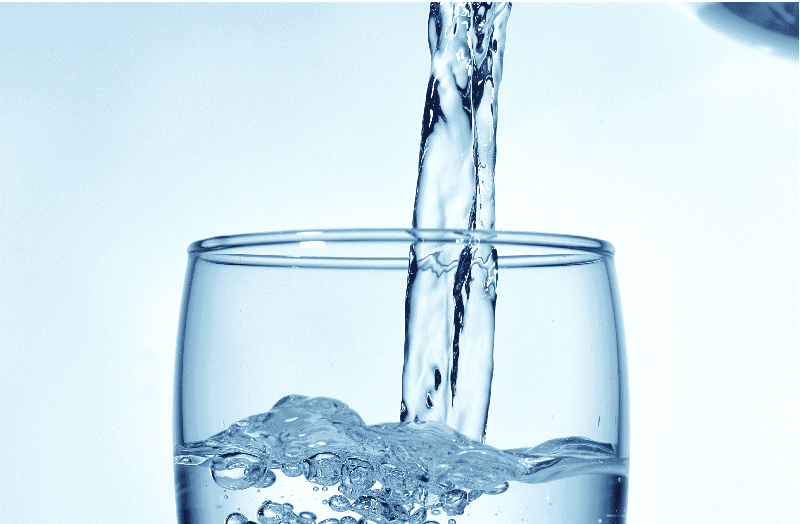Every cell in the human body needs water, and we could survive only a few days without it. Yet, bacteria, chemicals, and other contaminants could make water harmful or deadly to drink. Fortunately, most developed countries have drinking water quality standards to ensure our water is safe.
Who Develops These Standards?
There are no universally recognized and accepted international standards for drinking water. Most developed countries create their own standards. The World Health Organization (WHO) also makes recommendations.
In the United States, the Environmental Protection Agency (EPA) establishes standards in accordance with the Safe Drinking Water Act. According to these guidelines, samples of each water source must be periodically sent to a drinking water quality testing lab for evaluation.
What Measurements Are Made?
The most prominent water quality standards involve parametric values: the concentrations of substances in a water sample. The EPA sets a Maximum Contaminant Level (MCL) for each harmful contaminant. This is the highest legal concentration, and the EPA enforces these levels.
Ideally, the MCL would indicate a concentration that poses no expected health risk. However, sometimes this low concentration is not feasible. The MCL gets as close as possible to perfectly safe while factoring in cost and current technology.
In addition to parametric values, quality standards may also include details like sampling methods, sampling locations, sampling frequency, analytical methods, specific calculations used to determine the concentration of substances, and laboratory accreditation.
Microbial Contaminants
Some bacterial and viral contaminants can cause severe disease and should have no presence in drinking water. Examples include Cryptosporidium, Giardia lamblia, and Legionella. Other species of bacteria, like E. Coli and fecal coliforms, do not cause illness but are indicators of harmful bacteria. Water quality testing can detect harmful and indicator bacteria.
Disinfectants
Disinfectants are required in most places to reduce microbial contaminants. However, too much of these chemicals can also cause health problems like increased risk of cancer. To maintain the right level of disinfectants, your water source needs frequent evaluation at drinking water testing labs near you and updates to water treatment.
Chlorine and chloramines are disinfectants that can be harmful at more than 4.0 mg/L. Byproducts of disinfection can affect your health, too. These include bromate, chlorite, haloacetic acids, and trihalomethanes.
Other Harmful Contaminants
Analysts test water for many inorganic contaminants caused by erosion, factories, and more. Some of these substances are arsenic, beryllium, copper, lead, and nitrite.
Erosion of natural and manmade mineral deposits can lead to radioactive contaminants in water. Drinking even tiny amounts of radiation can lead to increased risk of cancer.
If you think your community’s water may be unsafe, contact your county’s water department as soon as possible. If you are in charge of municipal water or use a private well, you can contact the best drinking water testing lab in your area.

